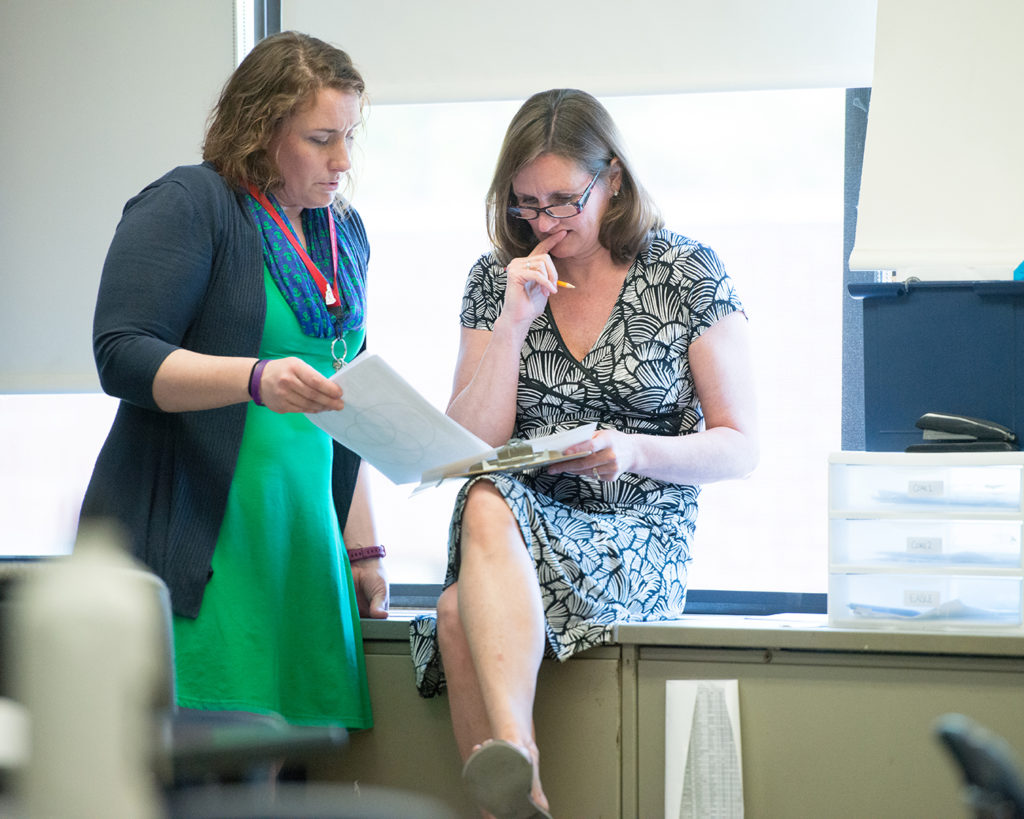
A guiding principle of the Responsive Classroom approach is “How we work together as adults to create a safe, joyful, and inclusive school environment is as important as our individual contribution or competence.” In order to create meaningful and lasting change in schools, we must have good working relationships with our co-teachers that allow us to build a safe environment for ourselves and our students. In doing so, we build trust, take risks by trying something new, and know that positive intentions will be the point-of-view taken for all actions and communication.
Psychologists, psychiatrists, and educators such as Maslow, Adler, Dreikurs, and Glasser discussed how three needs drive human behavior after physical and physiological needs are met: belonging, significance, and fun. In addressing these three needs for one another, we can forge a strong bond with our teaching partners that yields a powerful result for the students in the classroom.
A strong sense of belonging means that individuals feel known, cared for, supported, and part of a shared identity. To help meet this need with your co-teacher for the year, consider the following:
When we are valued for our strengths, interests, and talents, our need for significance is being met. In order for this to occur, we must feel like we are making a contribution to the team. There are several ways you and your co-teacher can do this for each other:
Activities that are fun may include laughter and smiles, or they may be an engaging activity that has the group focused, determined, and ready to persevere. A balance of both is important to building a positive connection with your co-teacher. Here are some ways to incorporate fun into your new relationship:
For us to meet these needs for our co-teacher, we must ensure that they are met for ourselves as well. In taking time to build a powerful relationship with our colleagues, we create the conditions for students to have their needs of belonging, significance, and fun met. By addressing these needs in our co-teaching experience, we refine our craft of teaching. And, in meeting these needs that drive human behavior, we establish positive learning communities where high-quality education is provided to every student, every day.